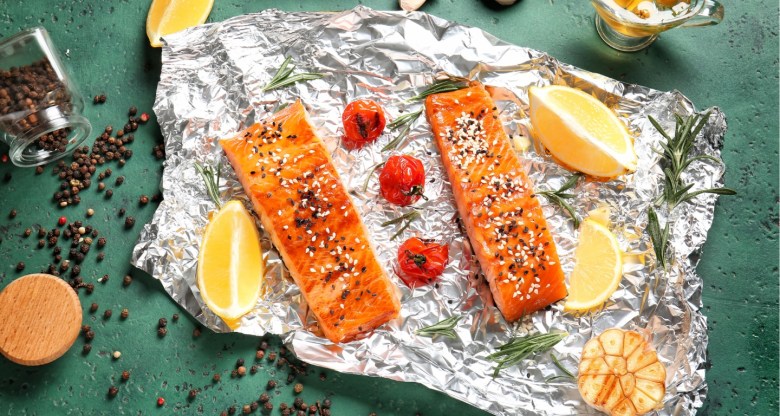10 Ways to Protect Your Heart



Healthy habits can go a long way in protecting your heart. Adopting these 10 habits can help you lower your risk of heart disease, high blood pressure and high cholesterol—and they can help you feel great, to boot!
1. Hit the sack.
Getting enough sleep is an important part of a healthy lifestyle. If you regularly wake up unrefreshed despite a good night’s sleep, talk to your doctor about the possibility of a sleep disorder, which may increase your risk for heart disease.
2. Play a game.
You don’t have to be good at tennis to enjoy practicing hand-eye coordination while socializing and burning around 400 calories per hour. According to the American Heart Association, physical activity helps you lose weight, which makes it easier for your heart to work efficiently and improves your quality of life. Set a date for racquetball, Frisbee, badminton, croquet, golf—you might not even notice you’re exercising.
3. Go nuts.
Squirrel away a handful of nuts or a packet of squeezable almond butter for a powerful snack that’s rich in heart-healthy omega-3 fatty acids. Walnuts and almonds pack the biggest punch, but hazelnuts, pecans and pistachios can boost HDL (good) cholesterol levels, too. Or work nuts into your meals and snacks: chopped nuts add flavor as a salad topper, and spreads are perfect for apple or celery dipping.
One serving of nuts equals a small handful (1.5 ounces) of whole nuts or 2 tablespoons of nut butter.
4. Stop smoking.
Smoking damages your heart and lungs, and tobacco use remains the most preventable cause of early death in the United States. Smokers are more likely to develop atherosclerosis—buildup of fatty substances in the arteries—which can lead to coronary heart disease and stroke. Quit smoking and you’ll have a higher tolerance for heart-healthy physical activity, too.
5. Sit and knit.
Excessive stress can wreak havoc on your health, contributing to high blood pressure and making the heart work harder—potentially leading to a stroke. The AHA recommends sewing, knitting and crocheting among many stress management techniques. Need another reason to unravel the yarn? It’s hip to knit: look for a knitting group in your area, or start your own!
6. Shake the salt habit.
Sodium increases blood pressure, which taxes the heart. Hide the table salt and control ingredients by cooking meals at home. The Dietary Guidelines for Americans recommend that adults consume no more than 2,300 milligrams of sodium per day and the American Heart Association recommends further restricting sodium to no more than 1,500 mg.
7. Consider a med.
High blood pressure is the most significant factor for stroke risk. While eating right, losing weight and cutting back on salt can help, some people are genetically predisposed to hypertension. Ask your doc if a medication might help control yours.
8. Savor your meals.
If you’re over your healthy weight, losing as little as 5 to 10 pounds may help lower your blood pressure. One technique that may help? Slowing down. Eating with mindfulness gives your brain the time to register fullness, which can help you eat less. Take time to enjoy each bite of food and identify the ingredients and spices within a dish. Make conversation with others at the table.
9. Eat more fiber.
Foods rich in fiber may help lower your risk for heart disease, stroke, obesity and type 2 diabetes. Look for heart-healthy and nutrient-dense recipes that incorporate whole grains, vegetables and fruit.
10. Get a dog.
Consider adopting a pet—or volunteer at the Humane Society or ASPCA. The CDC cites that pets can decrease your blood pressure, cholesterol and triglyceride levels, adding to a heart-healthy lifestyle. Plus, petting an animal can lower stress hormones. In fact, an NIH-funded study showed that heart attack survivors with dogs lived longer than those without.
© Meredith Operations Corporation. All rights reserved. Used with permission.

















